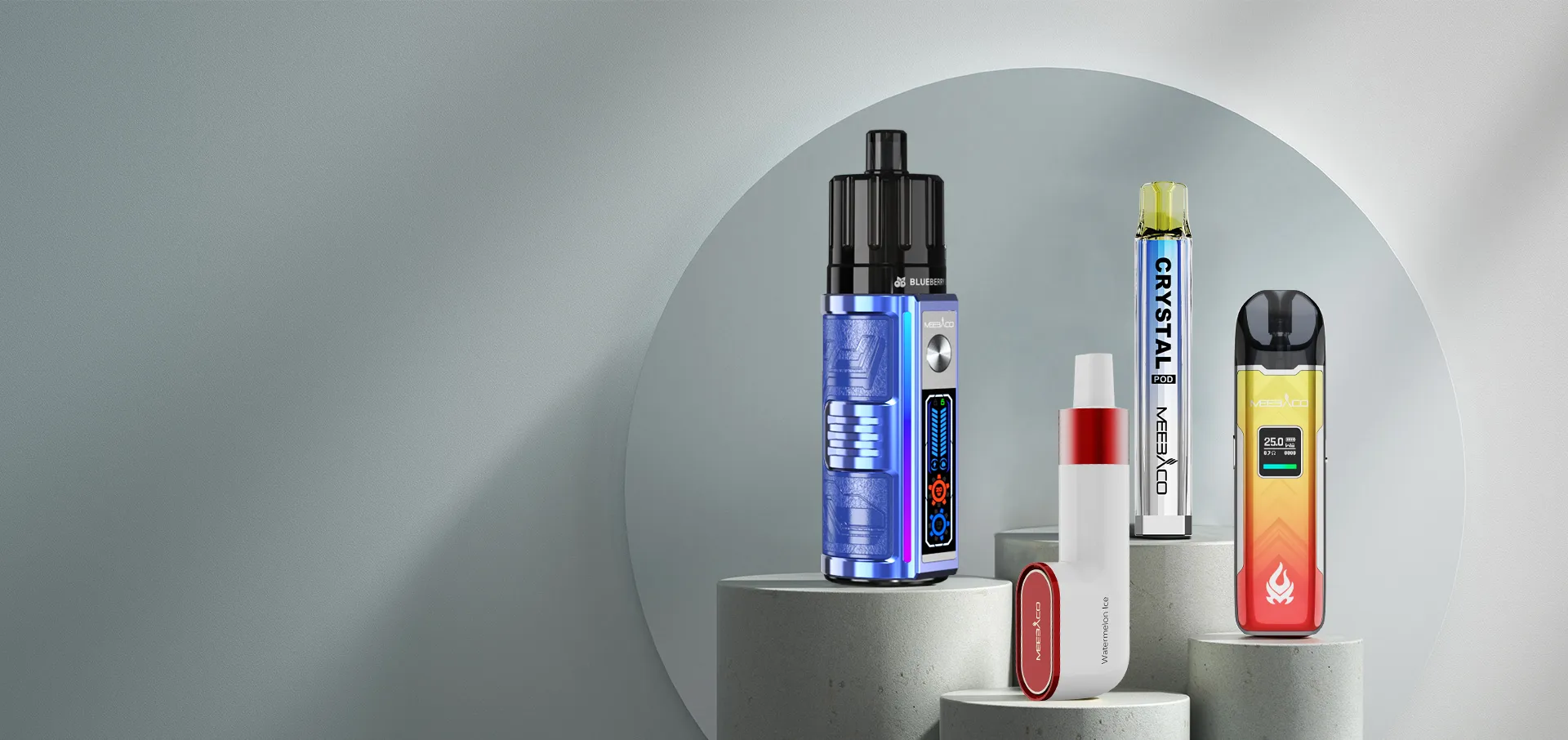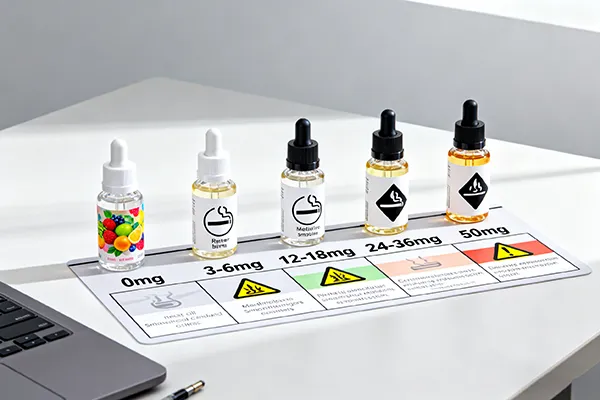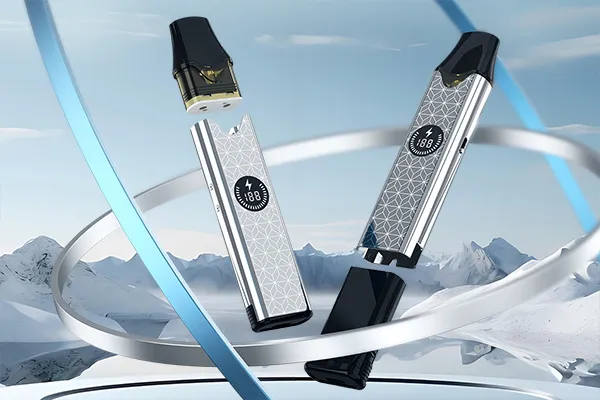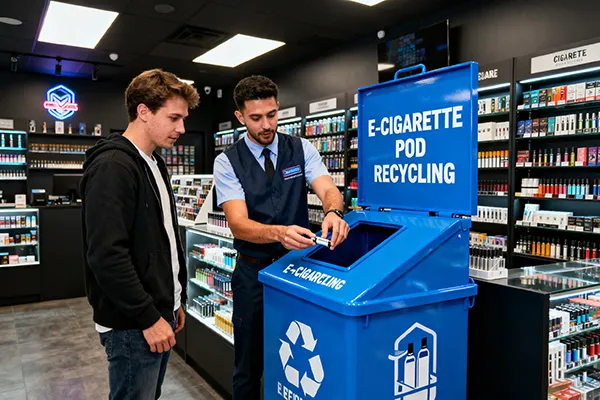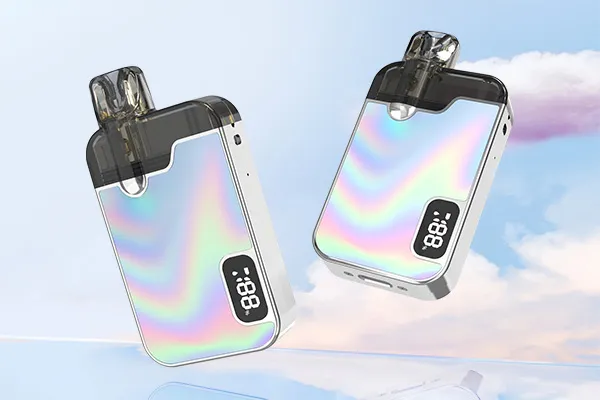You can master the latest information, new product , exhibition, promotion, etc
In the dynamic world of vaping, the atomizer coil stands as the heart of the device, directly influencing the overall vaping experience. Among the diverse range of coil materials available, ceramic coils and metal coils have emerged as the two primary contenders, each boasting unique characteristics that cater to different vaping preferences. In this comprehensive analysis, we will delve into the differences between these two atomizer coil materials, focusing on their impact on taste, vapor production, and durability, to help you make an informed decision.
Taste: A Battle for Flavor Purity
When it comes to the vaping experience, taste is often the most crucial factor for vapers. Ceramic coils have long been praised for their ability to deliver a pure and unadulterated flavor. Ceramic is an inert material, meaning it does not react with the e-liquid when heated. This inertness ensures that no unwanted flavors or odors are introduced into the vapor, allowing the true essence of the e-liquid to shine through. Whether you're vaping a fruity, creamy, or menthol flavor, ceramic coils excel at preserving the delicate notes and nuances of the e-liquid, providing a smooth and consistent taste from the first puff to the last.
On the other hand, metal coils, which are typically made from materials such as kanthal, nichrome, or stainless steel, can sometimes impart a subtle metallic taste to the vapor, especially when they are new or not properly cleaned. This is because metal is a more reactive material compared to ceramic, and it can interact with the ingredients in the e-liquid, particularly those that are acidic or sweet. However, many vapers get used to this slight metallic taste over time, and some even prefer it, as it can add a certain depth to the flavor profile.
Vapor Production: Cloud Chasers' Delight
For cloud chasers, the amount of vapor produced is a top priority. Metal coils generally have an edge in this department. Metal is an excellent conductor of heat, which means it heats up quickly and evenly. This rapid and efficient heating allows the e-liquid to be vaporized more thoroughly, resulting in larger and denser clouds of vapor. Additionally, metal coils can handle higher wattages, which further enhances vapor production. Vapers who enjoy performing tricks with their vapor often opt for metal coils because of their ability to produce massive clouds.

Ceramic coils, while not as powerful in terms of vapor production as metal coils, still offer a decent amount of vapor. The porous nature of ceramic allows for better absorption and retention of the e-liquid, which can lead to a more consistent vapor output. However, ceramic heats up more slowly than metal, and it cannot handle as high wattages, which limits the maximum amount of vapor that can be produced. For vapers who prioritize flavor over cloud size, ceramic coils are a great choice, as they provide a smooth and flavorful vapor without the excessive cloudiness.
Durability: Longevity Matters
Durability is another important consideration when choosing between ceramic and metal coils. Metal coils are generally more durable than ceramic coils. They are resistant to breakage and can withstand the rigors of daily use, including being dropped or knocked around. Metal coils also have a longer lifespan, especially if they are properly maintained. And as long as they are cleaned regularly (such as dry burning to remove carbon deposits), their service life can be significantly extended, generally ranging from 1 to 2 weeks.
Ceramic coils, on the other hand, are more fragile. Ceramic is a brittle material, and it can easily crack or shatter if it is dropped or subjected to sudden temperature changes. In addition, if the e - liquid contains more sugar, it is easy to form carbon deposits on the surface of the ceramic coil, which will affect its atomization effect and shorten its service life, usually 3 to 7 days. If not cleaned regularly, this clogging can reduce the performance of the coil and shorten its lifespan. However, with proper care and handling, ceramic coils can still last for a reasonable amount of time. It's important to avoid dropping the device and to clean the coil regularly to prevent clogging.
In the end, the choice between ceramic coils and metal coils depends on your personal vaping preferences. If you value flavor purity above all else and don't mind a slightly lower vapor production, ceramic coils are the way to go. They offer a clean and smooth taste that allows you to fully appreciate the complexity of your favorite e-liquids. On the other hand, if you're a cloud chaser who loves big clouds and high wattage vaping, metal coils are the better option. They provide excellent heat conductivity, fast heating, and high vapor production.
No matter which type of coil you choose, it's important to properly maintain and care for it to ensure optimal performance and longevity. Regular cleaning, using high-quality e-liquids, and avoiding overheating are all essential steps in keeping your atomizer coil in good condition. With the right coil and proper maintenance, you can enjoy a satisfying vaping experience every time.


